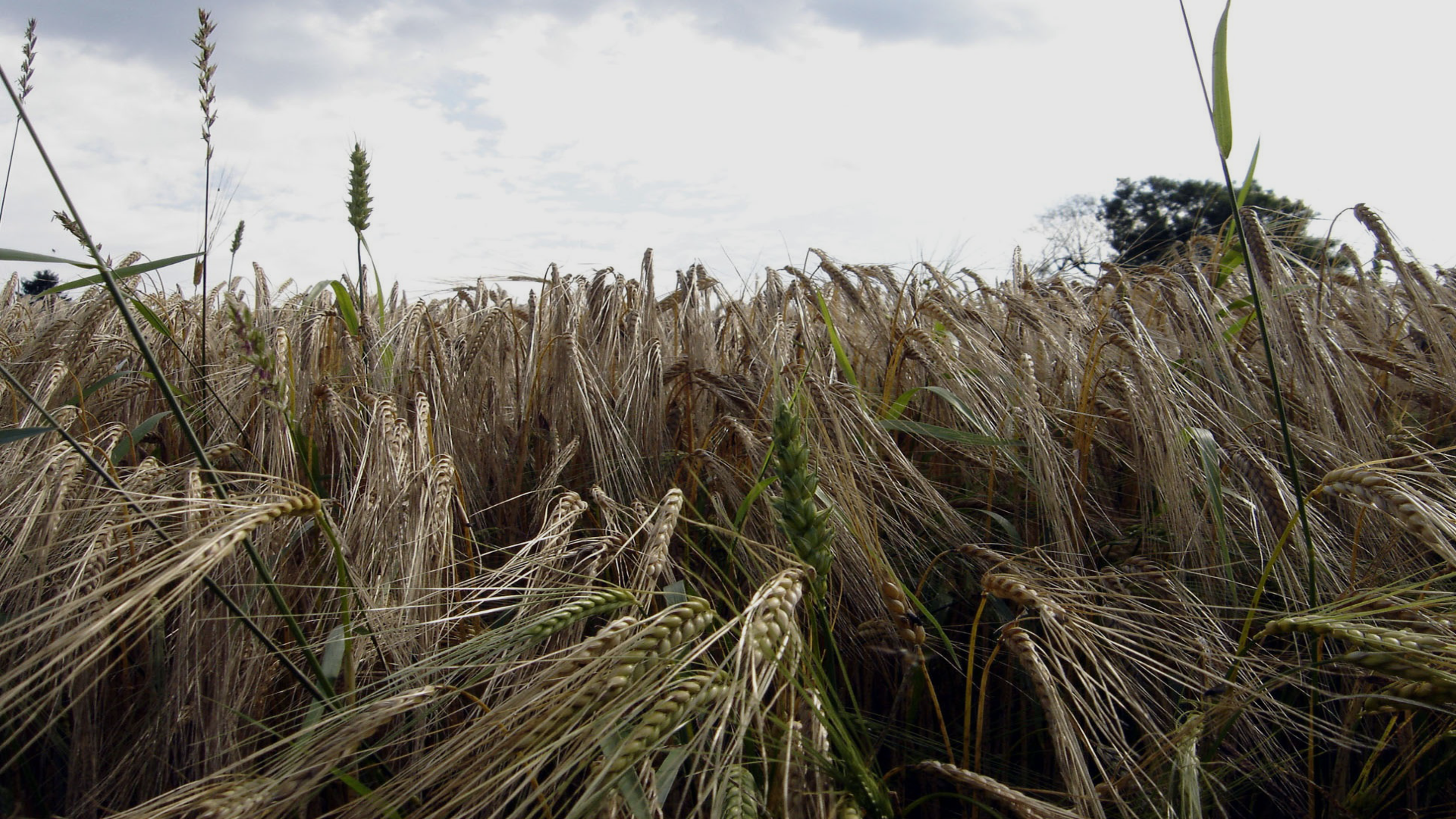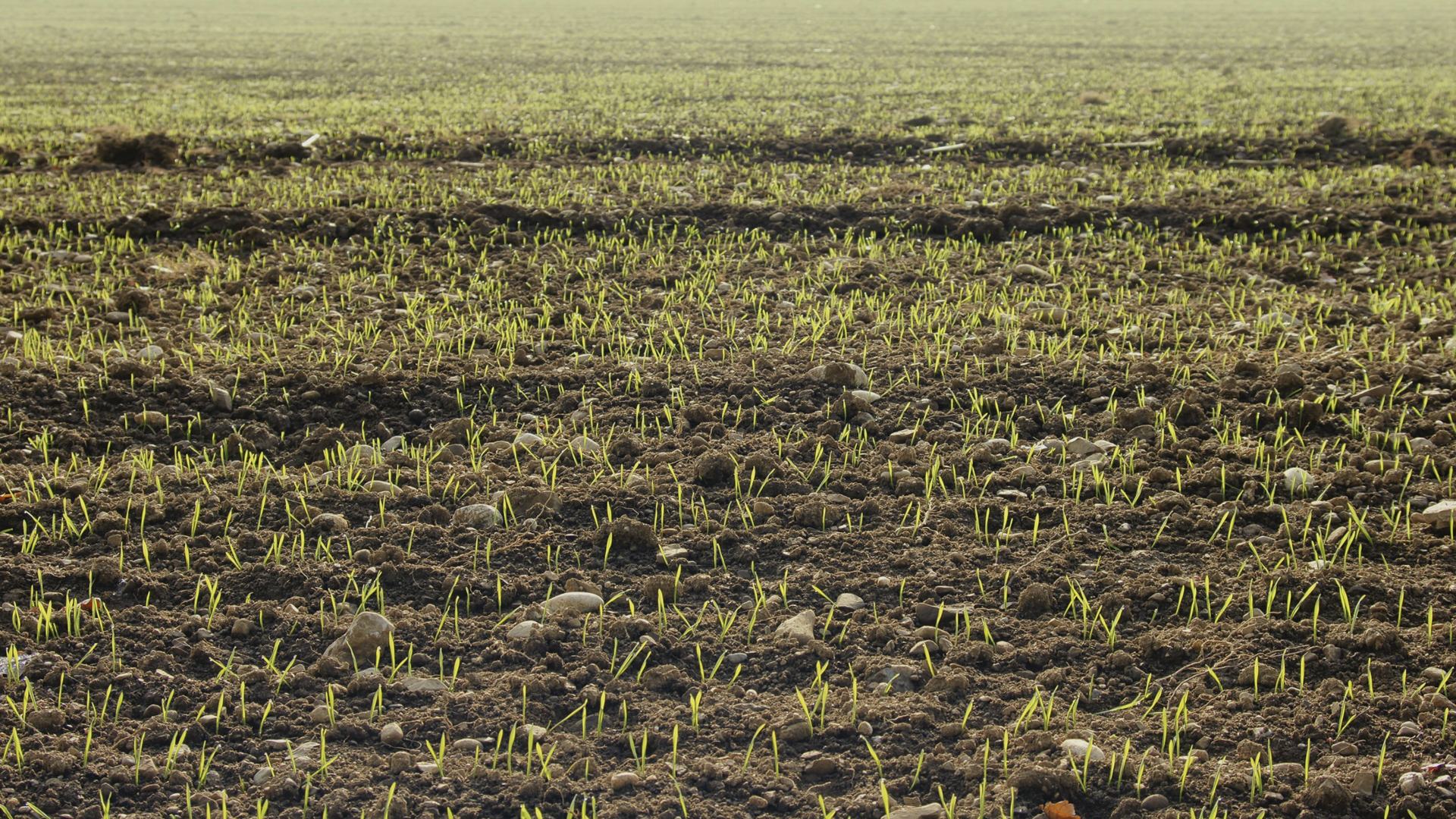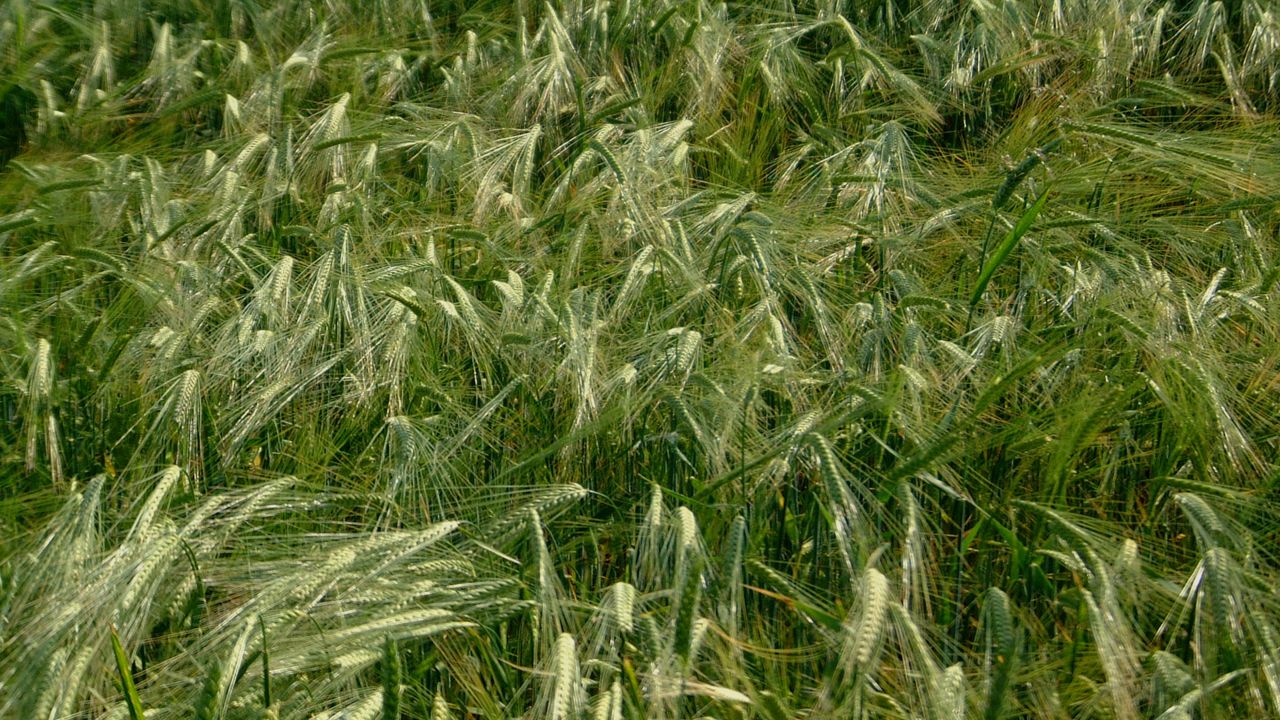When you hear the word 'crops', the first thing that comes to mind for most people is either corn or soybean. But there is another crop that tends to get overlooked.
If you look at the picture below, you might remember driving past fields filled with this type of crop.

Winter wheat can be used as both a cash or cover crop. A cash crop is a crop produced for its commercial value. So, in the instance of winter wheat, it can be used in a variety of food products.
For example, winter wheat can be used to make flour. (Fun Fact: hard winter wheats have a higher gluten protein content than other wheats.)
A cover crop is a crop that is used to enrich the soil in the field. Winter wheat can prevent soil erosion, and helps to cycle nutrients through the soil.

You might be thinking to yourself, what makes a wheat specifically winter wheat? Well, winter wheat, like its name suggests, actually performs best in cold climates.
Let's compare it to a crop you know well, corn. Corn is usually planted in late spring and harvested in early fall.
That timetable is basically flipped for winter wheat. It is planted in the fall and harvested in the summer.
The reason that winter wheat gets planted in the fall is so that the crop can get exposure to freezing temperatures, which trigger its reproductive stages.
It is pretty cool (at least to me) how the winter wheat plant acclimates to the colder temperatures little by little. This helps resist frost and combat other harsh winter conditions that we oh so love in the Midwest.

According to the United States Department of Agriculture's Wisconsin Crop Progress & Condition Report, as of November 15, 93% of winter wheat has emerged.
This makes this year's winter wheat four weeks ahead of last year and 10 days ahead of the average.
As for winter wheat's condition, it was rated 82% good to excellent statewide.



